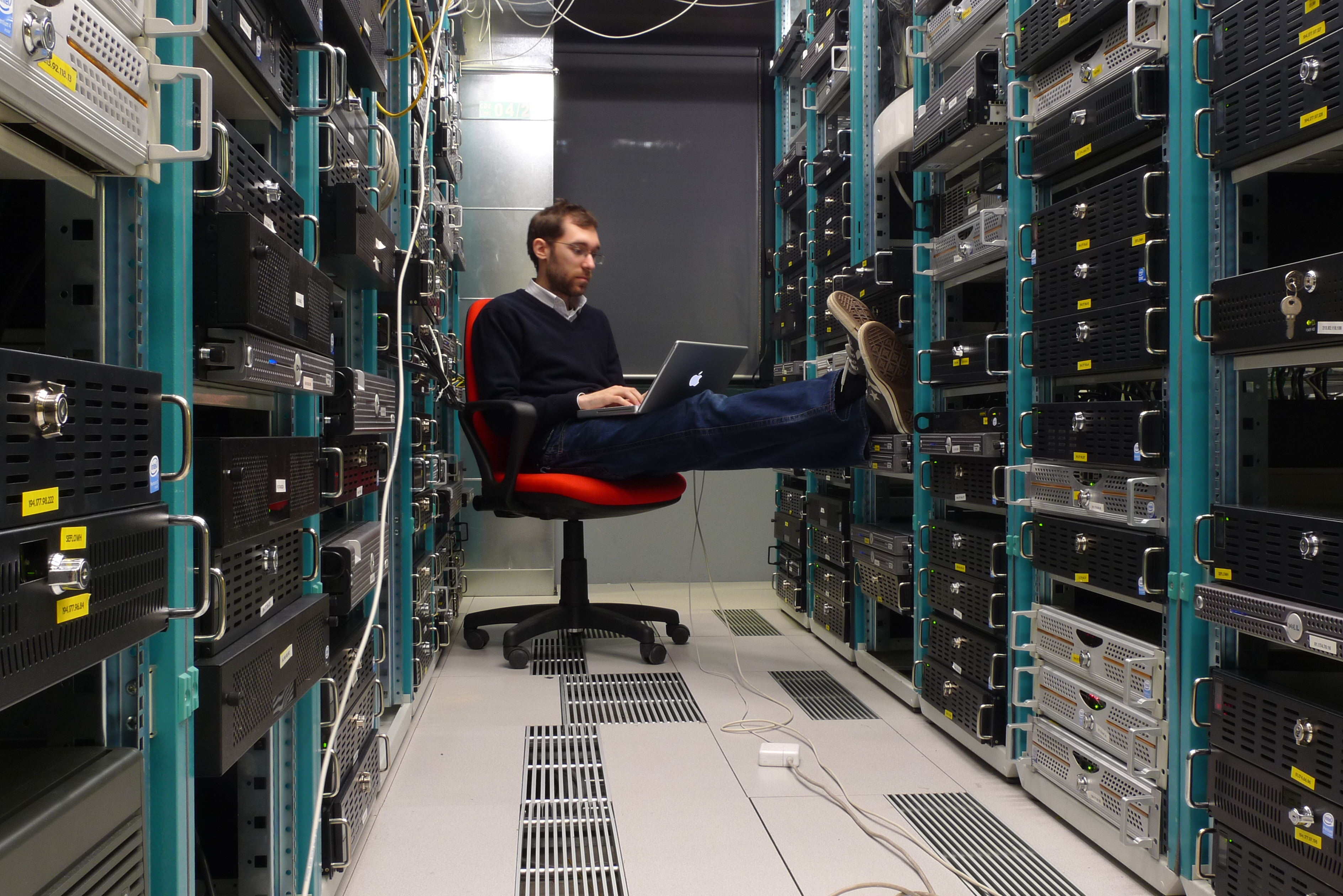 NEWS
NEWS
 NEWS
NEWS
 NEWS
NEWS
Satya Nadella’s ‘new’ Microsoft has done something the ‘old’ Microsoft would never do. It’s firmly embraced the concept of software-defined networking (SDN) by building a data center network operating system based on Linux. Microsoft belives that doing so gives it much greater control over its network management software than what networking companies can offer.
Just like cloud rivals such as Amazon Web Services, Google and Facebook, Microsoft designs its data center hardware by itself, and also creates much of the software it runs. The approach lets companies build a technology stack that does exactly what they need it to do – hence, it’s considerably more advantageous.
“What the cloud and enterprise networks find challenging is integrating the radically different software running on each different type of switch [sold by vendors] into a cloud-wide network management platform,” wrote Kamala Subramaniam, principal architect for Azure networking at Microsoft, in a blog post . “Ideally, we would like all the benefits of the features we have implemented and the bugs we have fixed to stay with us, even as we ride the tide of newer switch hardware innovation.”
Microsoft differs slightly from Google, which has apparently built its own data center network hardware, and Facebook, which has reportedly begun building its own data center switches. Instead, Microsoft relies on vendor-supplied switches, but uses its Azure Cloud Switch (ACS) network OS to use the stack “across hardware from multiple switch vendors,” Subramaniam explained.
Although it doesn’t build its own switches, Microsoft does build its own servers using specs from the open-source Open Compute Project, a Facebook-led initiative it joined last year. ACS uses the Switch Abstraction Interface (SAI) spec, an open API for programming switch ASICs that falls under the Open Compute Project, in order to run on different supplier’s hardware.
The SAI works by abstracting the underlying data center networking hardware to make it easier to write management software for it. This does away with the need to write software for specific products, and, according to Subramaniam, is an “instrumental piece to make the ACS a success”.
Through Azure Cloud Switch, Subramaniam says Microsoft has been able to identify, fix and test bugs in its software much faster. The OS also allows Microsoft to run a much leaner software stack without any unnecessary features. Traditional switch vendors build their products to meet the needs of a variety of customers, which means there are plenty of features that customers never use.
The OS also lets Microsoft integrate the networking stack with its diagnostics and monitoring systems faster, and it can also add new hardware more quickly. Meanwhile, the networking switches themselves can be managed “with weekly software rollouts and roll-backs, thus ensuring a mature configuration and deployment model”, in a similar fashion to how its servers are managed.
THANK YOU